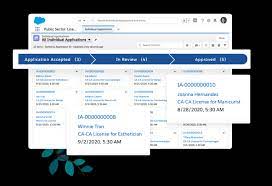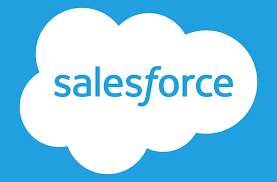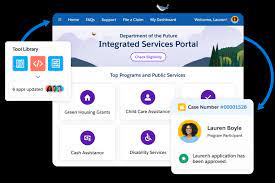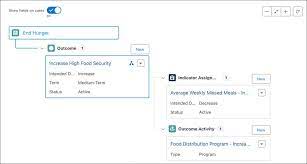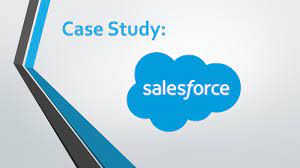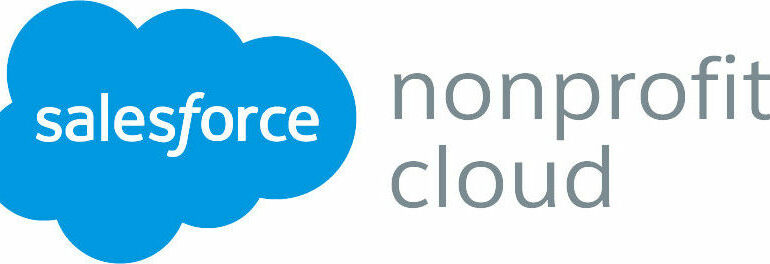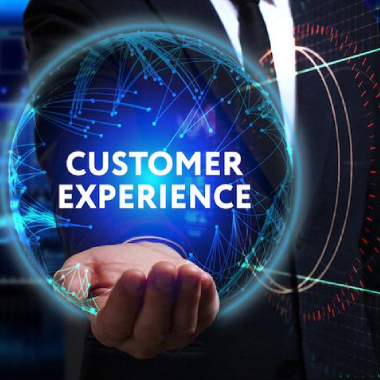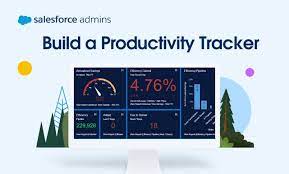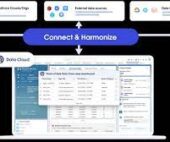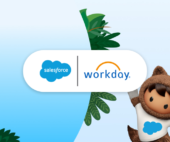Add-Ons for Salesforce Public Sector
Enhance your Public Sector Solutions implementation by incorporating add-ons. For instance, consider obtaining an add-on license for CRM Analytics, featuring prebuilt dashboards with predictive analytics to enhance constituent service. Alternatively, opt for an add-on license for Intelligent Document Reader, utilizing optical character recognition to extract data from paper-based forms and supplementary documents directly into Salesforce records. Further, explore add-on licenses for Einstein Relationship Insights, additional calls for the Business Rules Engine, or extra business and individual application forms.

